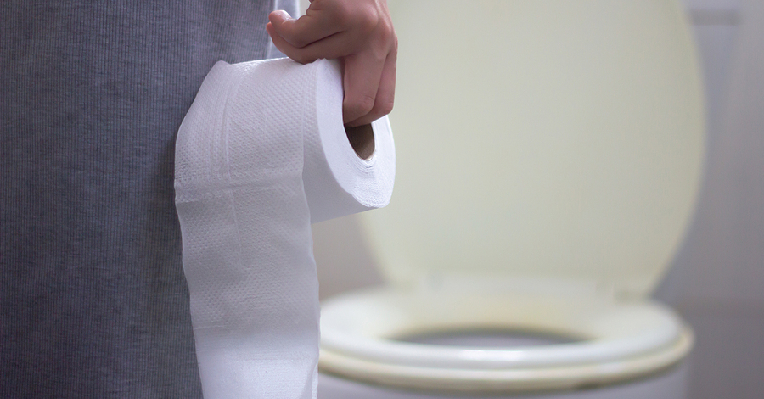It may sound outrightly unpleasant, but you’ll want to cultivate the habit of paying attention to your daily bowel movements. Bowel habits are a strong indicator of your digestive health, and taking notice of any change can give you an insight into any digestive issues or serious health problems.
Faecal matter is made up of water and solid matter, consisting of indigestible food, dead bacteria and inorganic substances. On average, it will take around 3 days for the food you consumed to pass through your digestive system. When the time taken for your food to pass through your system changes, this will directly influence its size, colour and texture – indicative of something that may have gone wrong.
Although everyone’s faecal matter varies and is unique in its shape and size, here are a few indicators of a healthy stool.
1. Colour
For your stool to reflect your optimum health, it has to have brown colouring. Bile salts (yellow-green fluid) in the intestines give its characteristic brown colour. As bile pigments travel through your intestinal tract, enzymes will chemically alter and change your stool’s pigments from green to brown. If your stool does not possess the typical brown colour, it may be a sign of health issues.
- Green
Subtle hints of green in your stool is of no cause of concern, but when it turns entirely green, it usually means that the food may be moving through your large intestine too quickly. As such, bile doesn’t have enough time to break it down completely.
- Yellow
Stinky, greasy and yellow poop is typically the result of too much fat. This could also be caused by a malabsorption disorder, such as the celiac disease, wherein your body fails to absorb sufficient nutrients.
- White or pale
It might be a rather amusing sight, but a white or clay-coloured stool reflects a lack of bile. Apart from medications that work to reduce bile production, a light-coloured stool may be a byproduct of a bile duct obstruction.
- Red
If your stool is red, then it could only mean one thing: blood. A red stool indicates bleeding in the lower intestinal tracts, and you’ll want to consult a doctor when you come across hints of red in your faecal matter.
Of course, there are also other less-serious causes to a red stool, such as tomato juice, beets and cranberries.
- Black
The black colour in your stool may be caused by your consumption of iron supplements or black liquorice. However, if you didn’t include any of the two in your diet, a black stool is indicative of bleeding in the upper gastrointestinal tract.
2. Shape
Ideally, your poop is supposed to look like a log because of its formation with your intestines. A healthy stool is easy to pass, and it remains intact when flushed. When they don’t shape like sausages or logs, this is when your poop is trying to imply there’s something wrong.
3. Size
Your poop shouldn’t come out in tiny pellets, but instead, they should be a few inches in length and are easy to go through.
4. Consistency
Anywhere between a soft and firm consistency is normal, but it could be a sign of digestion issues if it sways one way or another.
5. How much time is needed for it to come out
A good and healthy poop should be comfortable and easy to come out, taking about a minute to be pushed out. As a general rule, you should not take over 10 or 15 minutes as it’ll indicate constipation.
6. Frequency
A person with good digestion will poop anywhere between every day to 3 times a day. Any lesser than that could suggest potential constipation.
Conclusion
Since 70 per cent of the body’s immune system is largely concentrated within the digestive tract, it’s vital that you maintain good bowel health. If you’ve noticed changes in your bowel movements, it might be best to consult a medical professional for help.
To ease your process, download our MyCLNQ app! This helpful app helps you see a doctor online without you physically heading down to a clinic near you. Bypass the hassle and talk to our virtual doctors in Singapore for diagnosis and medical advice!


